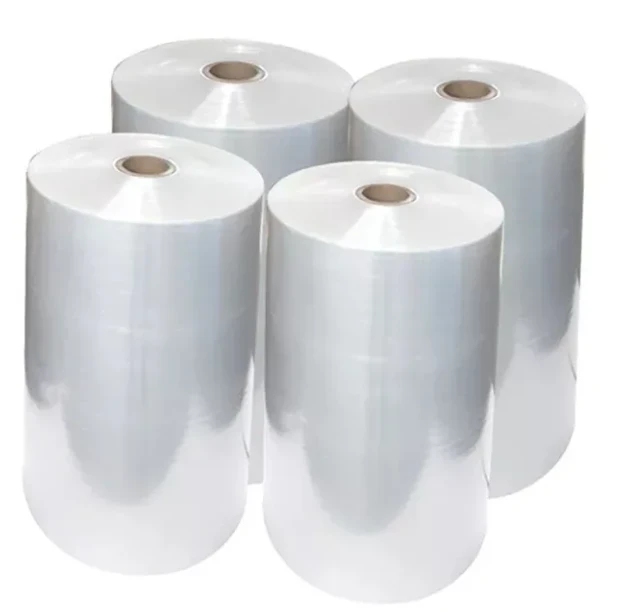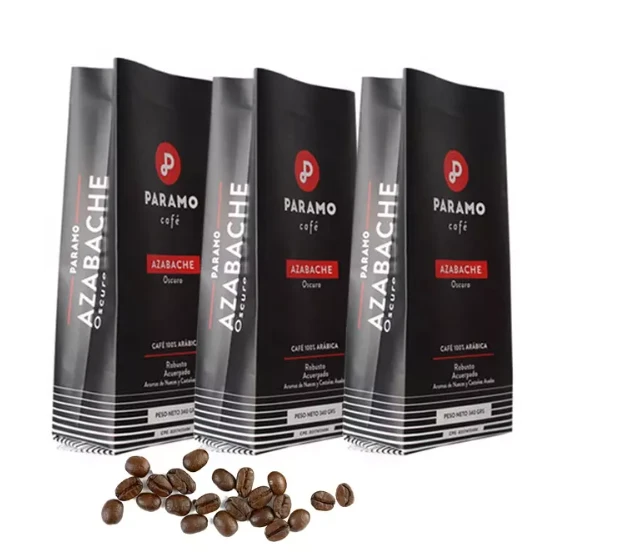- Afrikaans
- Albanian
- Amharic
- Arabic
- Armenian
- Azerbaijani
- Basque
- Belarusian
- Bengali
- Bosnian
- Bulgarian
- Catalan
- Cebuano
- chinese_simplified
- chinese_traditional
- Corsican
- Croatian
- Czech
- Danish
- Dutch
- English
- Esperanto
- Estonian
- Finnish
- French
- Frisian
- Galician
- Georgian
- German
- Greek
- Gujarati
- haitian_creole
- hausa
- hawaiian
- Hebrew
- Hindi
- Miao
- Hungarian
- Icelandic
- igbo
- Indonesian
- irish
- Italian
- Japanese
- Javanese
- Kannada
- kazakh
- Khmer
- Rwandese
- Korean
- Kurdish
- Kyrgyz
- Lao
- Latin
- Latvian
- Lithuanian
- Luxembourgish
- Macedonian
- Malgashi
- Malay
- Malayalam
- Maltese
- Maori
- Marathi
- Mongolian
- Myanmar
- Nepali
- Norwegian
- Norwegian
- Occitan
- Pashto
- Persian
- Polish
- Portuguese
- Punjabi
- Romanian
- Russian
- Samoan
- scottish-gaelic
- Serbian
- Sesotho
- Shona
- Sindhi
- Sinhala
- Slovak
- Slovenian
- Somali
- Spanish
- Sundanese
- Swahili
- Swedish
- Tagalog
- Tajik
- Tamil
- Tatar
- Telugu
- Thai
- Turkish
- Turkmen
- Ukrainian
- Urdu
- Uighur
- Uzbek
- Vietnamese
- Welsh
- Bantu
- Yiddish
- Yoruba
- Zulu
Understanding the Molecular Structure and Properties of PET Plastic
Understanding the Structure of PET Plastic
Polyethylene terephthalate, commonly known as PET, is one of the most widely used thermoplastic materials in the world today. It is primarily used in the production of plastic bottles, food containers, and textile fibers, among other applications. Understanding the structure of PET plastic is crucial for designers, engineers, and consumers alike, as it influences the material's physical properties, applications, and environmental impact.
Chemical Structure
At the core of PET's structure lies its chemical composition. PET is a polymer made from the condensation reaction between terephthalic acid and ethylene glycol. This process results in a long chain of repeating units, or monomers, each containing both ester and aromatic functional groups. The presence of these functional groups is significant because they impart specific properties to the polymer, such as thermal stability and resistance to hydrolysis.
The structure of PET can be broken down into its two primary components the crystalline and amorphous regions. The crystalline regions are densely packed and ordered, which provides structural integrity and mechanical strength to the material. Conversely, the amorphous regions are more disordered, allowing for flexibility and transparency. The arrangement of these regions can significantly affect the physical properties of PET, including its tensile strength, clarity, and melting point.
Molecular Arrangement
Molecularly, PET can exist in different configurations, primarily as isotactic and syndiotactic forms. These configurations affect how the molecules are aligned and packed, which in turn influences the thermal and mechanical properties of the material. In isotactic PET, the repeating units are all oriented in the same direction, leading to greater crystallinity and, consequently, higher tensile strength. Syndiotactic PET, on the other hand, features a disordered arrangement that results in increased flexibility but reduced mechanical strength.
The degree of crystallinity in PET significantly affects its thermal properties. For instance, materials with higher crystallinity typically exhibit higher melting points, which is advantageous for applications that require resistance to heat. This is why PET is often used in products that must endure varying temperatures, such as food containers subject to microwave heating.
pet plastic structure

Physical Properties
The unique structure of PET plastic gives rise to several physical properties that are critical in its vast array of applications. One of the most significant properties is its excellent barrier characteristics against gases and moisture. This property makes PET an ideal choice for packaging applications, especially in the food and beverage industry, where maintaining freshness and preventing spoilage are paramount.
Moreover, PET's transparency and gloss make it an appealing choice for consumer products. Its ability to be easily molded and formed into various shapes allows for creative packaging solutions that not only protect the contents but also attract consumers. The material can be easily colored and printed on, making it versatile for branding purposes.
Environmental Considerations
Despite its widespread use, PET plastic raises several environmental concerns, particularly regarding its lifecycle and recyclability. While PET is recyclable and can be reprocessed into new products, improper disposal contributes to plastic pollution. The molecular structure of PET allows it to be recycled multiple times without significant loss of quality, making it a more sustainable option compared to many other plastics.
To mitigate the environmental impact, initiatives such as bottle return programs and the development of biodegradable alternatives are gaining momentum. Advances in recycling technologies are also enhancing the efficiency of reprocessing PET, allowing more materials to be diverted from landfills and repurposed for new applications.
Conclusion
In summary, understanding the structure of PET plastic is essential for harnessing its potential in various industries. Its unique chemical composition and molecular arrangement impart a blend of properties such as strength, flexibility, and barrier performance, making it suitable for an extensive range of applications. However, as we navigate the environmental challenges associated with plastic waste, a deeper understanding of PET's structure and lifecycle is crucial for developing sustainable solutions that benefit both industry and society.













